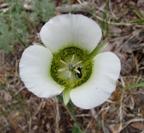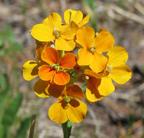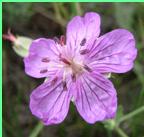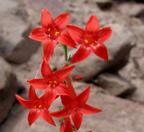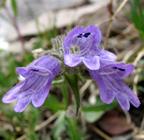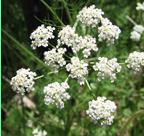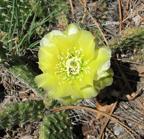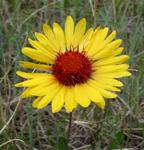The following wildflower families have been organized using simple descriptions such as number of petals, whether the petals are separate or united, if they have radial or bilateral symmetry or if they are prickly. There are a few families that could fit in more than one category, so where they were placed was based on the individual flowers displayed. The common name, scientific name and family are given for each flower. All the pictures included were taken in Custer County by the author (Jan Anderson).
The keys that I found most helpful for identification, taxonomy, and terminology are Colorado Flora, Eastern Slope by William A. Weber and Ronald C. Wittmann and Rocky Mountain Plants by Ruth Ashton Nelson and Roger L. Williams. Also helpful are Colorado Wildflowers, Mountains and Colorado Wildflowers, Plains and Foothills by G.K. Guennel. For complete reference citation, click the reference button at the bottom of this page. Different books have put certain flowers in different families or changed their scientific names. This is mainly due to the splitting of various plant groups that is done by botanists as they have studied and reclassified these plants over time. Followed here, as closely as possible, is the scientific grouping of William Weber. When references have different classifications or names there often will be a second one given. The first is usually from Weber.
To access the different groups of flowers, you can click on either the flower picture or the description of the group.
|
|

